Transcatheter Pulmonary Valve Replacement With the Edwards SAPIEN 3 Valve
Transcatheter pulmonary valve replacement (TPVR) with the Edwards SAPIEN 3 valve provides a less invasive treatment option for patients who typically face the burden of multiple open-heart surgeries, often beginning at birth. As surgical risk increases with each open-heart surgery, minimally invasive options can help patients recover and return to normal activities sooner.
TPVR with the Edwards SAPIEN 3 valve is meant to restore the function of the pulmonary valve in hopes to delay the need for an additional open-heart surgery.
Download BrochurePatients who recieved the Edwards SAPIEN 3 pulmonic valve experienced the following:

Patients were able to delay their next open heart surgery

Generally, patients experienced improved heart valve function within the first year of treatment
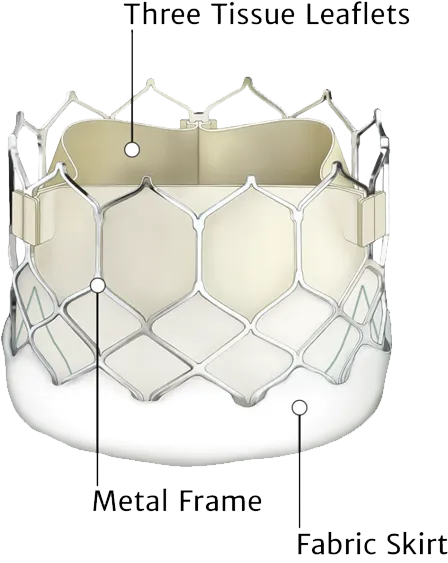
The Edwards SAPIEN 3 Pulmonary Valve Image is larger than actual valve size.
The Edwards SAPIEN 3 Pulmonary Valve
The SAPIEN 3 pulmonary valve is a part of Edwards’ long-standing leadership in patient-focused innovations for structural heart disease. Edwards has been helping critically ill patients for over 60 years.
The SAPIEN 3 pulmonary valve is a bioprosthetic, balloon-expandable valve. The frame of the valve is made from cobalt chromium to help with strength and durability. The leaflets of the valve are made from the same bovine pericardial tissue (from a cow’s heart) as Edwards long standing surgical valves. An outer sealing skirt surrounds the bottom of the valve, to help stop leakage around the valve.
TPV Therapy With the Edwards SAPIEN 3 Valve

Who Should Have the Procedure?
The Edwards SAPIEN 3 pulmonic valve is for people who want a less invasive option to replace their failing pulmonary surgical tissue valve or failing RVOT conduit. It is approved for use in adults and children who have a narrowed (stenosis) and/or leaky (regurgitation) RVOT conduit or previously implanted surgical valve.

Who Should Not Have the Procedure?
TPV therapy with the Edwards SAPIEN 3 pulmonic valve should not be performed on anyone who cannot tolerate medications that thin the blood or prevent blood clots from forming, or who have an active infection in the heart or elsewhere.
As with open-heart surgery, there are risks. The major risks associagted with the TPV procedure, although rare, include heart damage potentially requiring surgery, bleeding, blood vessel complications, irregular heartbeat, and possible death.
Steps of the TPVR Procedure With the Edwards SAPIEN 3 Valve
Be sure to tell your doctor if you are taking any medications or have any allergies. Your doctor will also explain the procedure and answer any questions you might have.
Steps of the TPV Therapy Procedure
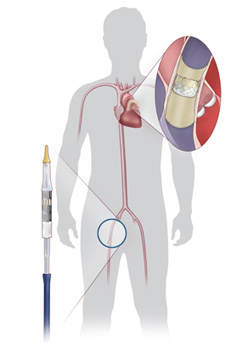
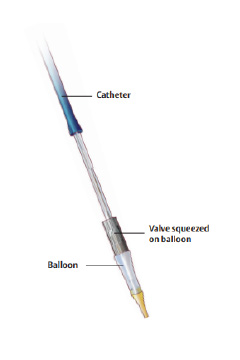
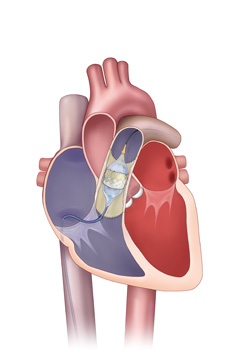
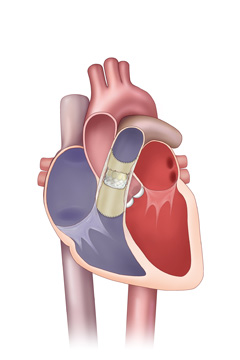
Life After Your TPVR Procedure
After your procedure, you may spend a day or two in the hospital. Every patient is different in how they recover. Most patients should begin walking very soon after their procedure. Before you leave the hospital, your doctor will discuss your aftercare plan with you. They will give you specific instructions to help you with your recovery. This may include a special diet, when to return to exercise, and any medicine you may need to take.
It is important to carefully follow your doctor’s directions, especially if you need to take any blood thinning medication. You should start feeling better soon after TPV therapy. It can take about a week before you can return to normal activities. Regular checkups with your doctor are important. Take your medications as instructed, and be sure to keep all follow-up appointments with your doctor.
Quality of Life Improvements
TPV therapy clinical data have shown signs of improvement in health in six months. That means a lot in terms of improved quality of life, including:

Reduction in symptoms

Improved heart function

Ability to care for yourself

Return to everyday activities

Average length of stay for patients who received TPVR with the Edwards SAPIEN 3 Valve:
1-2 days
How long your tissue valve will last depends on many patient factors and medical conditions. Follow all care instructions to ensure the best possible results. The Edwards SAPIEN 3 pulmonic valve has been tested in a laboratory to mimic 5 years of use without failure. Regular follow-ups will help your doctor know how your valve is working.

Want To Stay Informed About the Latest Pulmonary Therapies?
Want To Stay Informed About the
Latest Pulmonary Therapies?
